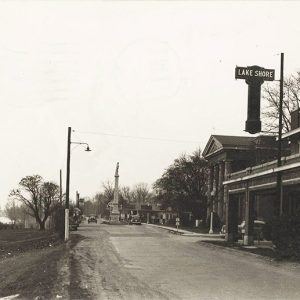 Lake Shore Drive
Lake Shore Drive
Entry Category: Counties, Cities, and Towns
 Lake Shore Drive
Lake Shore Drive
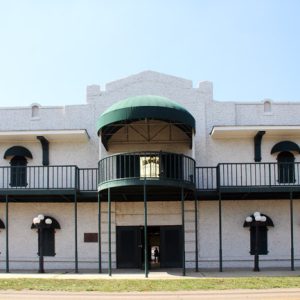 Lake Shore Hotel
Lake Shore Hotel
Lake View (Phillips County)
 Lake Chicot
Lake Chicot
Lake Village (Chicot County)
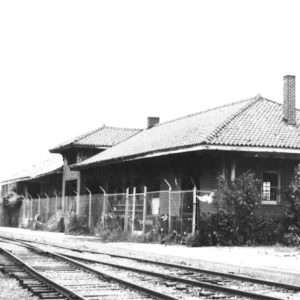 Lake Village Depot
Lake Village Depot
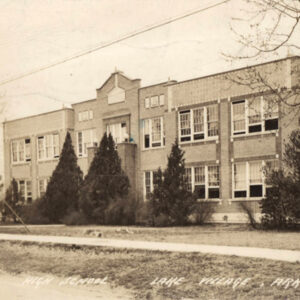 Lake Village School
Lake Village School
 Lake Village Shoppers
Lake Village Shoppers
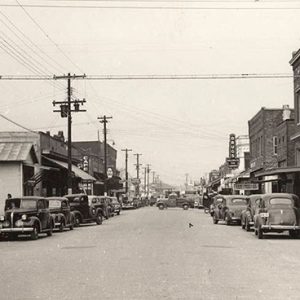 Lake Village Street Scene
Lake Village Street Scene
 Lakeside Church
Lakeside Church
 Lakeside Dining
Lakeside Dining
 Lakeside Students
Lakeside Students
Lakeview (Baxter County)
 Lakeview Cooking Lesson
Lakeview Cooking Lesson
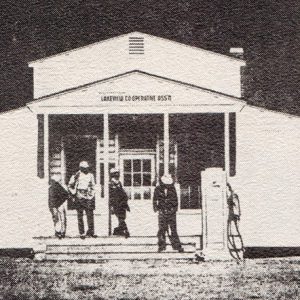 Lakeview Cooperative Association
Lakeview Cooperative Association
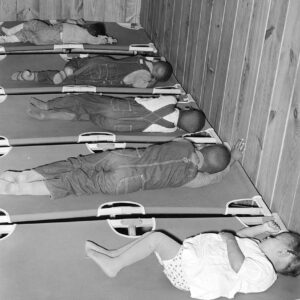 Lakeview Nursery
Lakeview Nursery
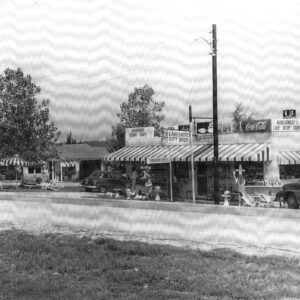 Lakeview Street Scene
Lakeview Street Scene
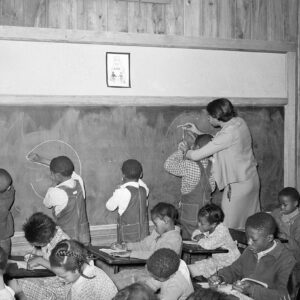 Lakeview Students
Lakeview Students
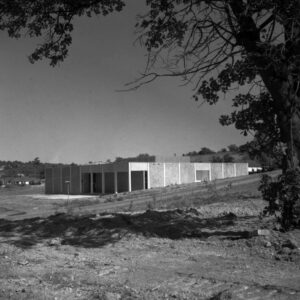 Laman Library
Laman Library
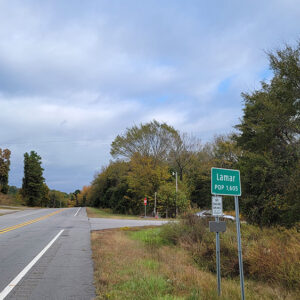 Entering Lamar
Entering Lamar
Lamar (Johnson County)
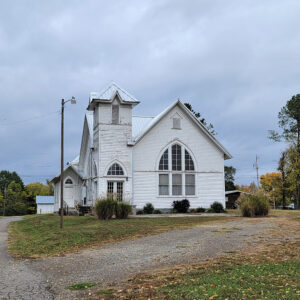 Lamar Church
Lamar Church
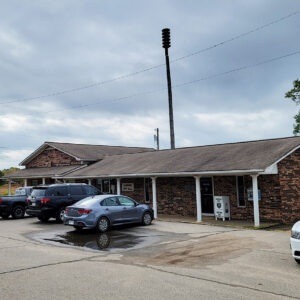 Lamar City Hall
Lamar City Hall
 Lamar Fire Department
Lamar Fire Department
 Lamar Grocery
Lamar Grocery
 Lamar School
Lamar School
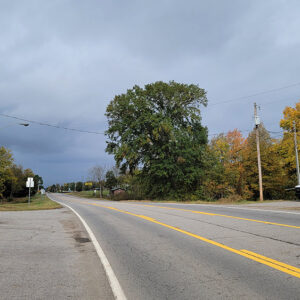 Lamar Street Scene
Lamar Street Scene
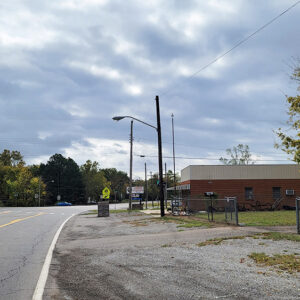 Lamar Street Scene
Lamar Street Scene
Lamartine (Columbia County)
Lambert (Hot Spring County)
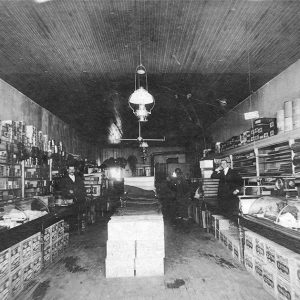 Lambert Store
Lambert Store
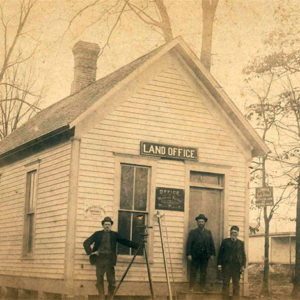 Land Office
Land Office
Landers (Hot Spring County)
Landmark (Pulaski County)
 Landmark Baptist Church
Landmark Baptist Church
Laneburg (Nevada County)
 Langley Cemetery
Langley Cemetery
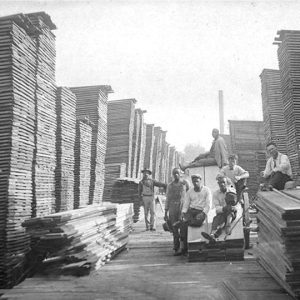 Lansing Company
Lansing Company
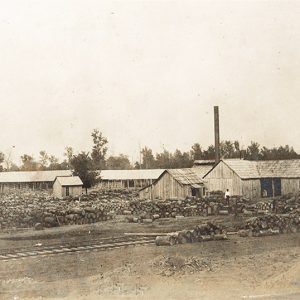 Lasater and Bailor Stave Mill
Lasater and Bailor Stave Mill
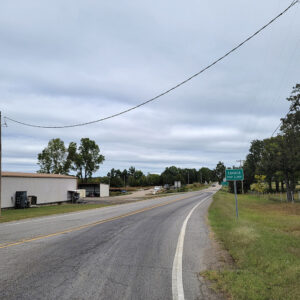 Entering Lavaca
Entering Lavaca
Lavaca (Sebastian County)
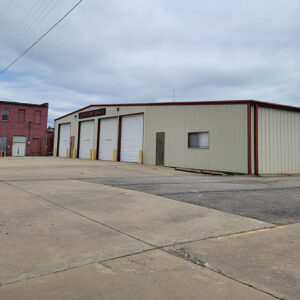 Lavaca Fire Department
Lavaca Fire Department
 Lavaca Library
Lavaca Library
 Lavaca Museum
Lavaca Museum
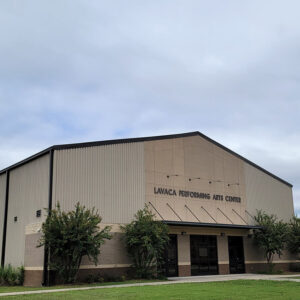 Lavaca Performing Arts Center
Lavaca Performing Arts Center
 Lavaca Police Department
Lavaca Police Department
 Lavaca Stadium
Lavaca Stadium
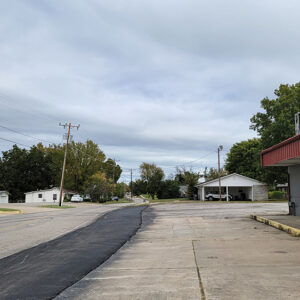 Lavaca Street Scene
Lavaca Street Scene
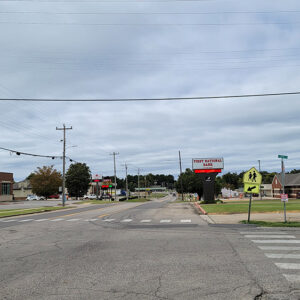 Lavaca Street Scene
Lavaca Street Scene




